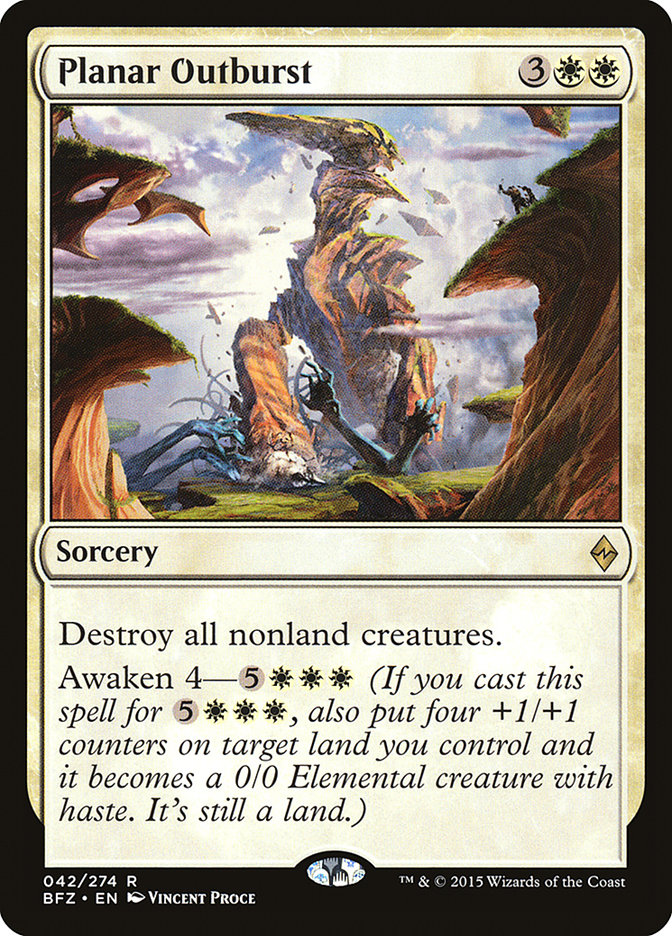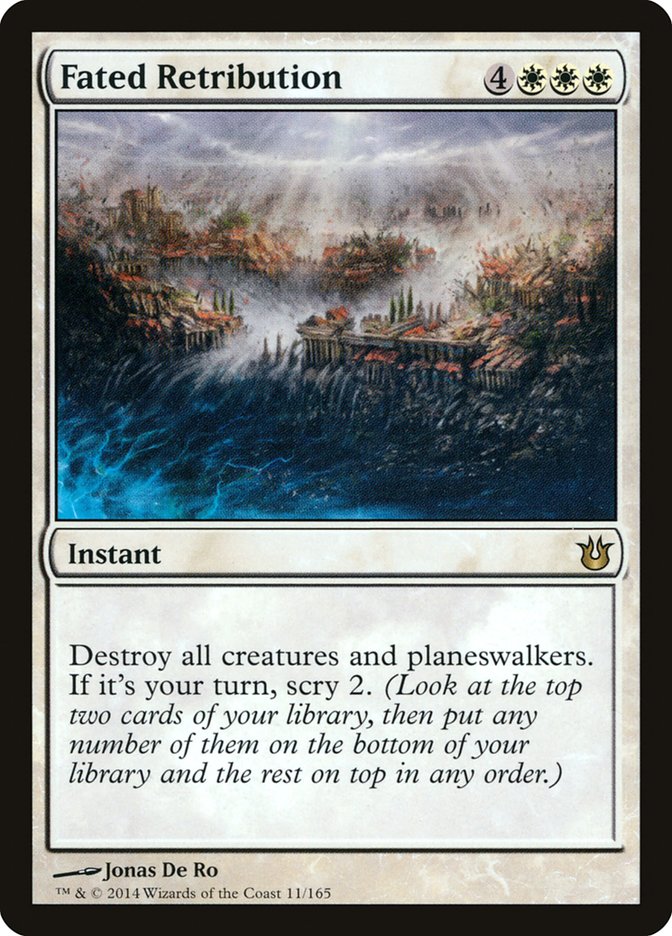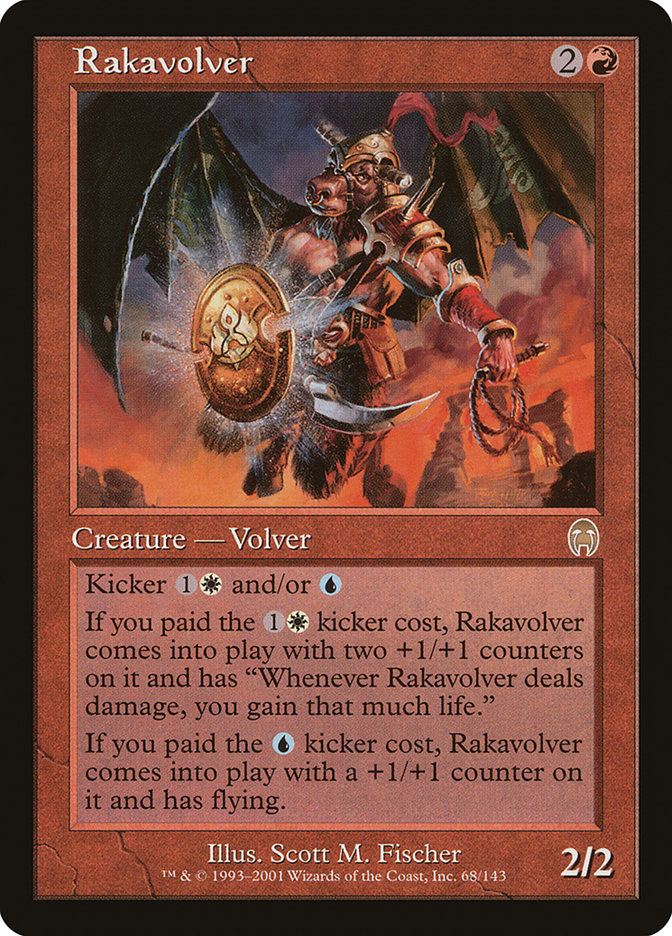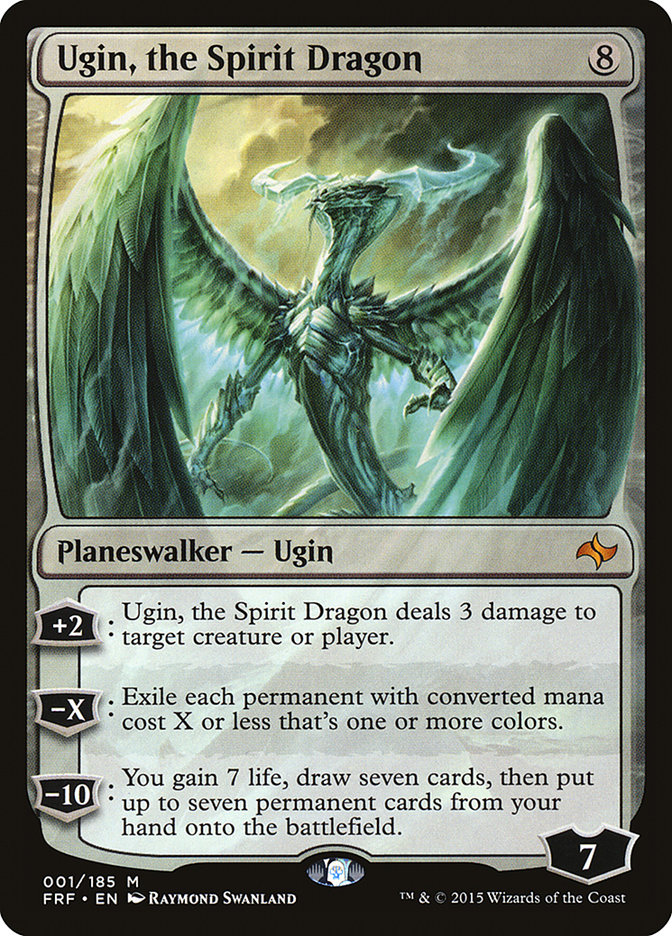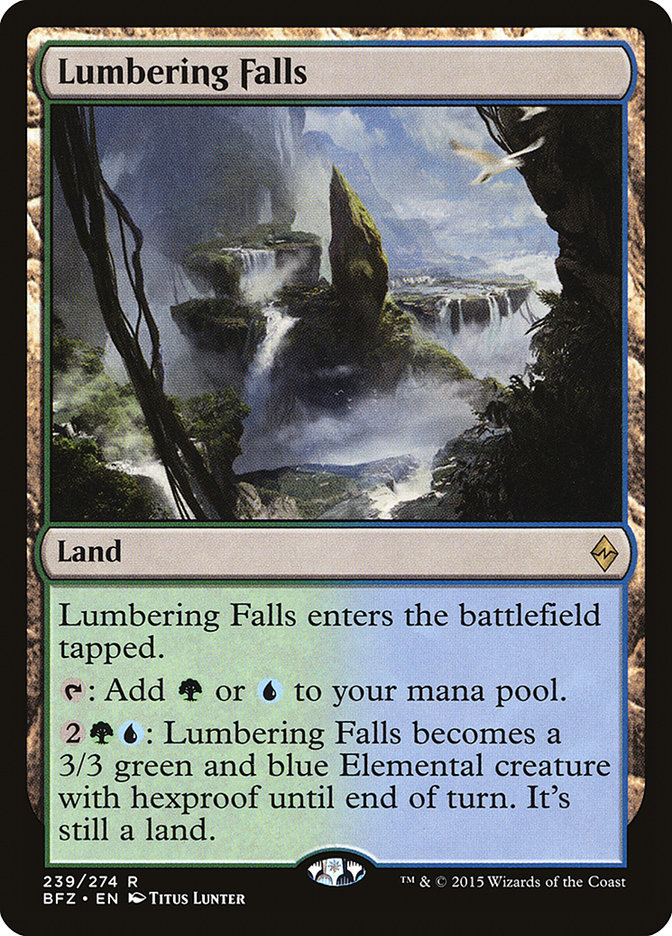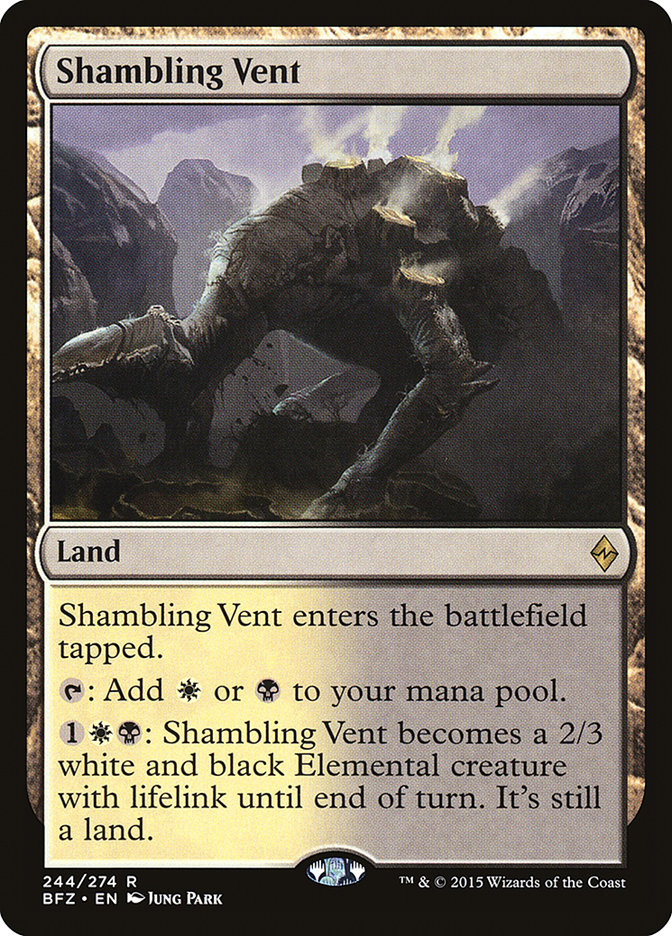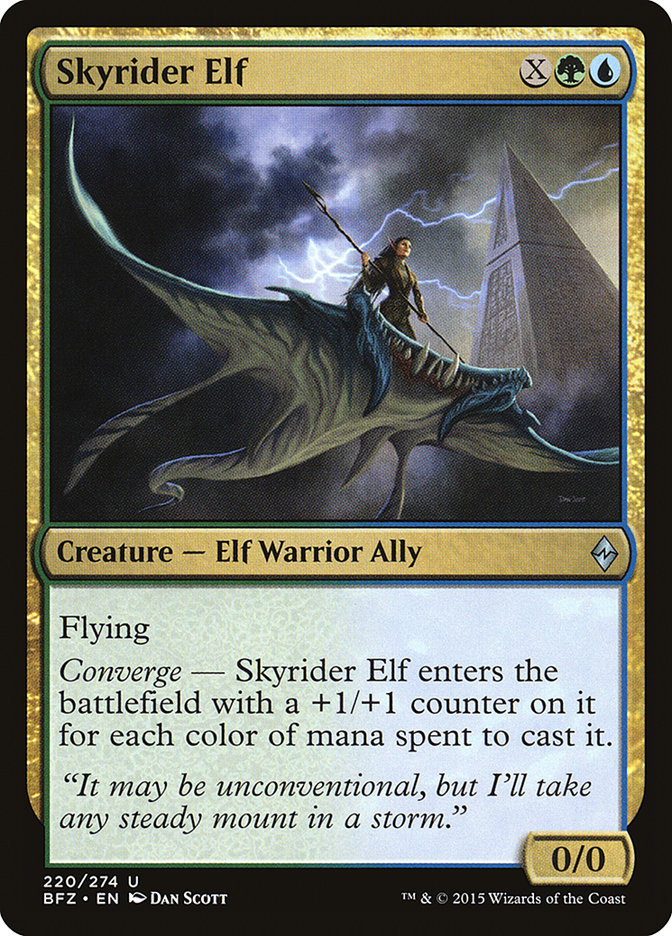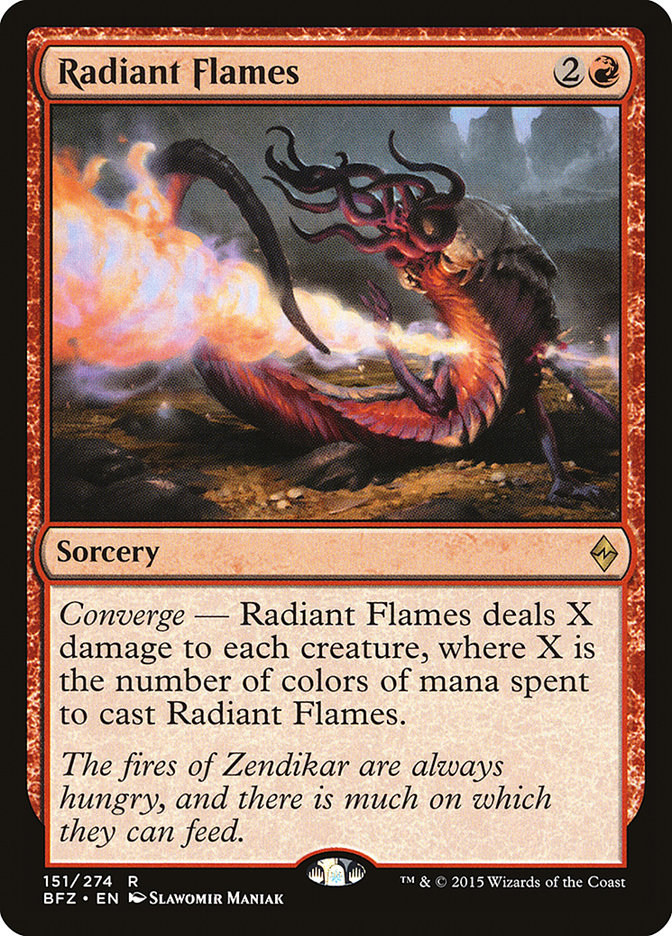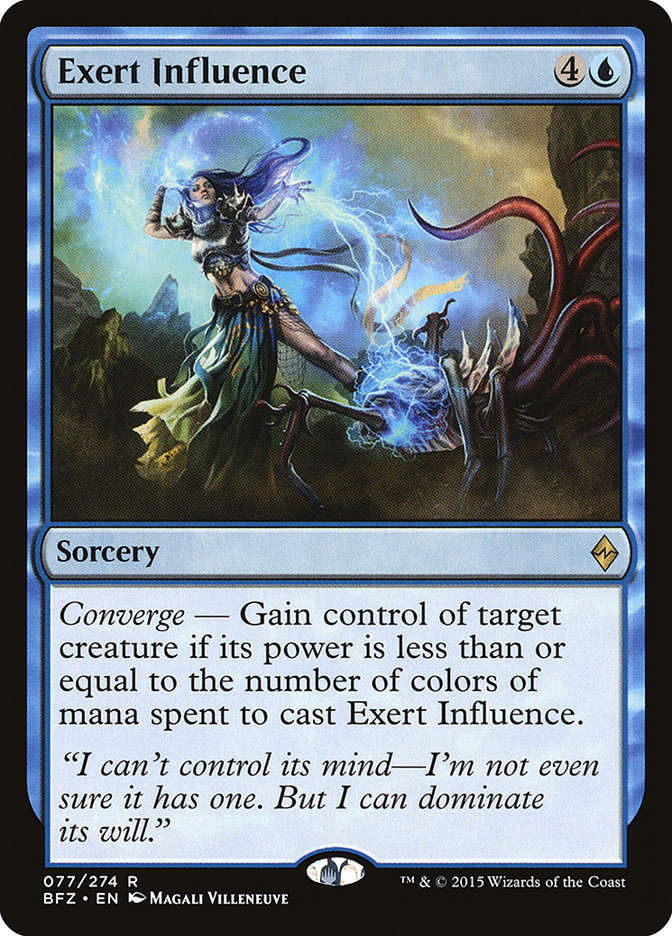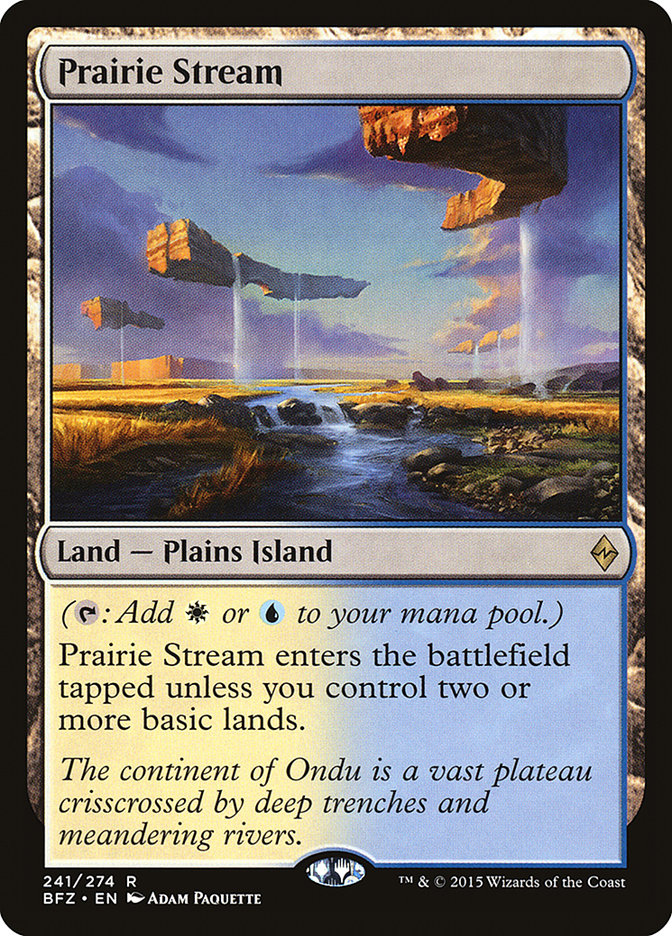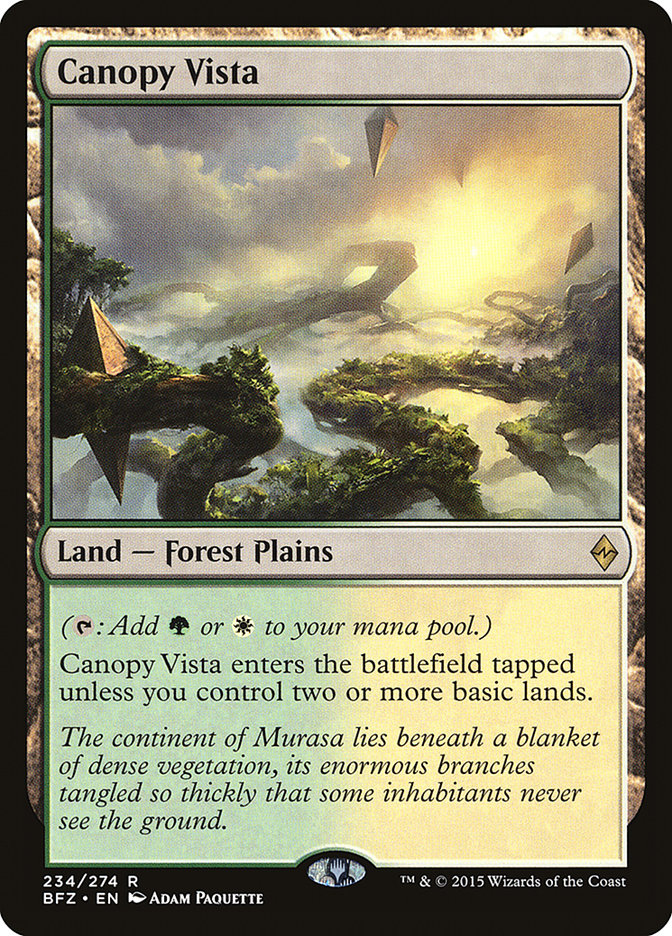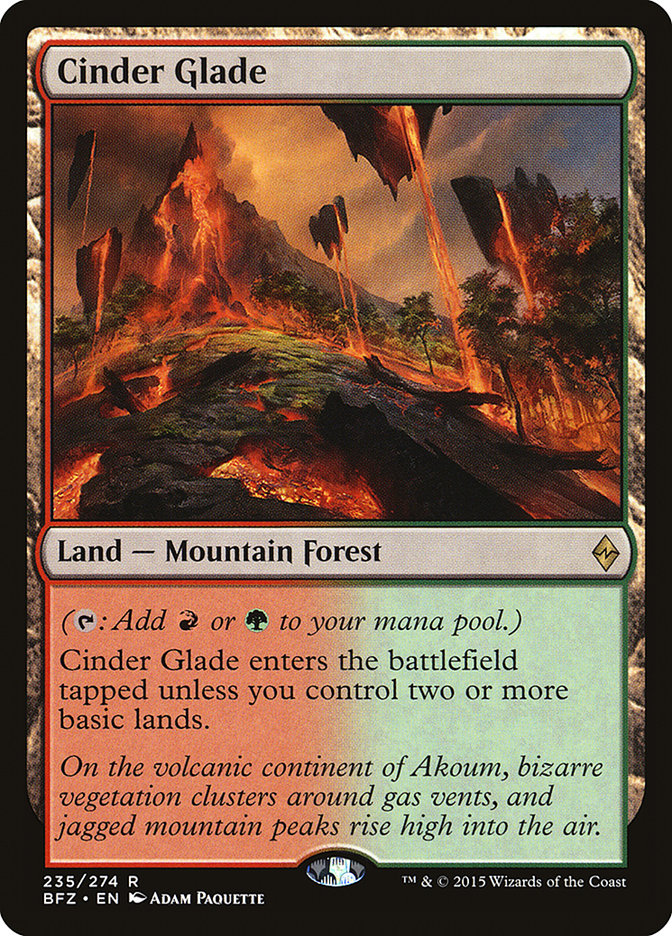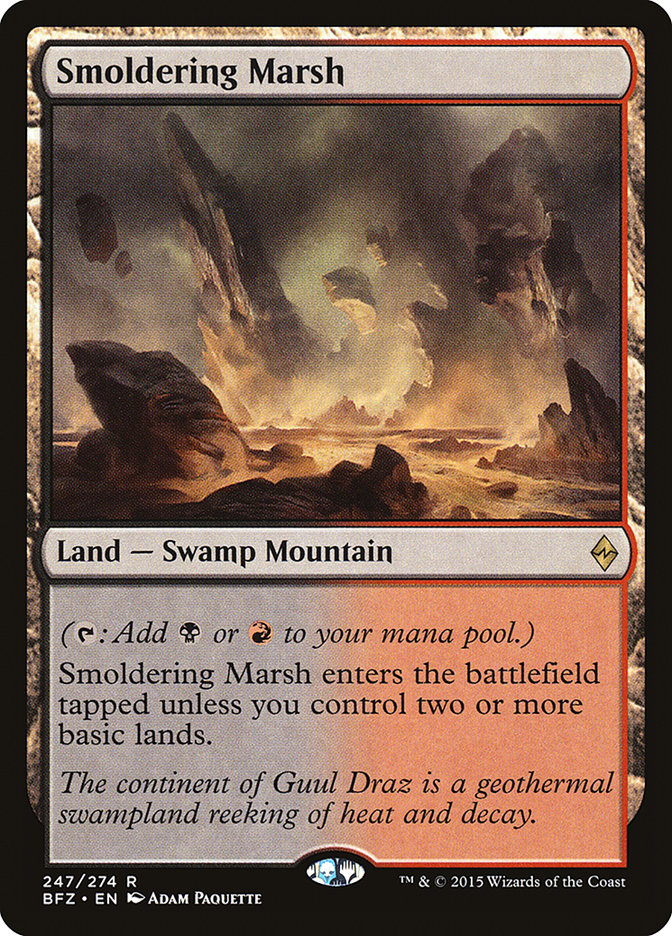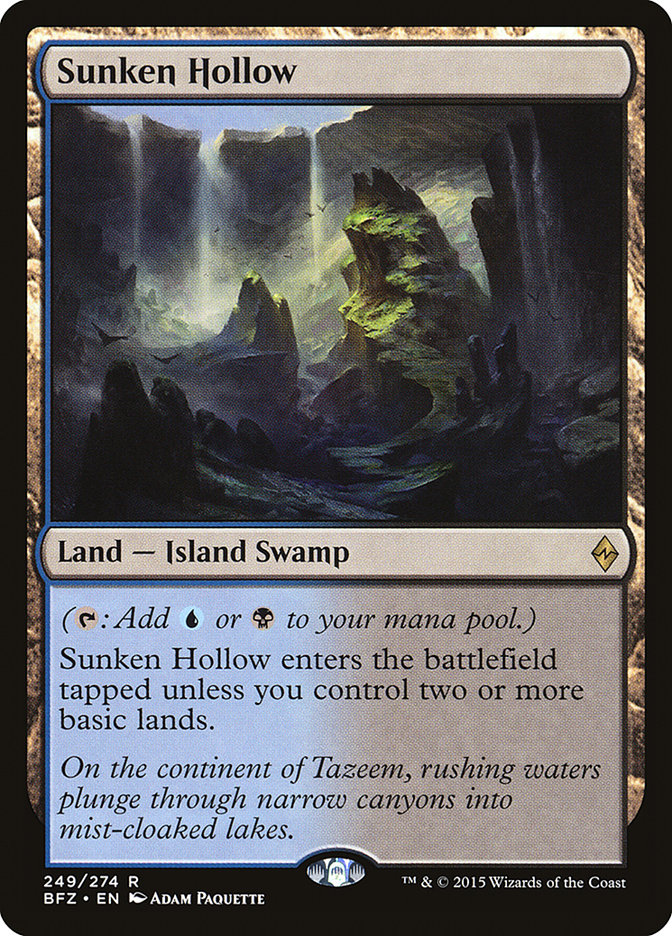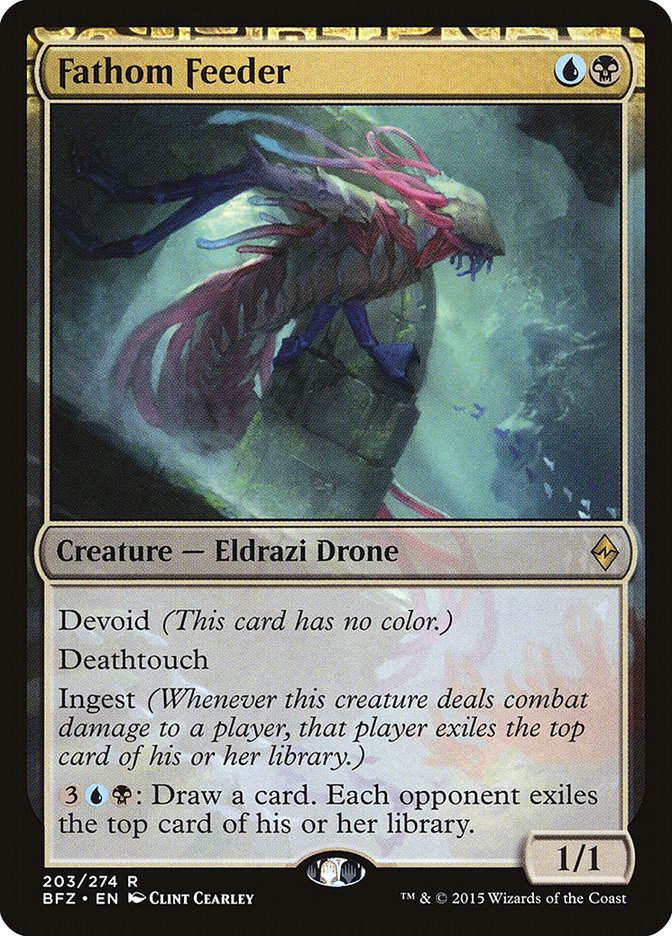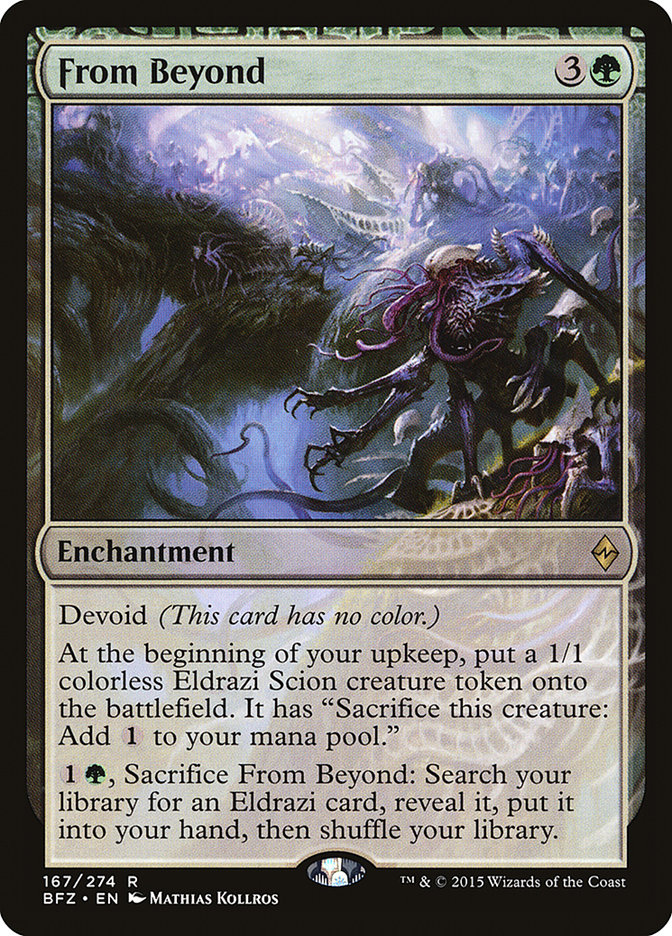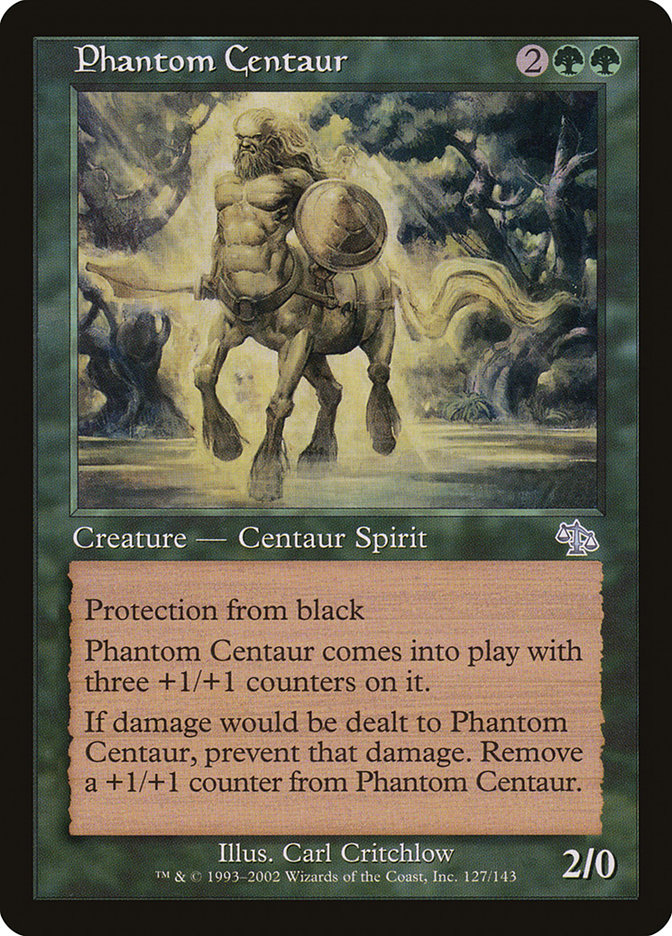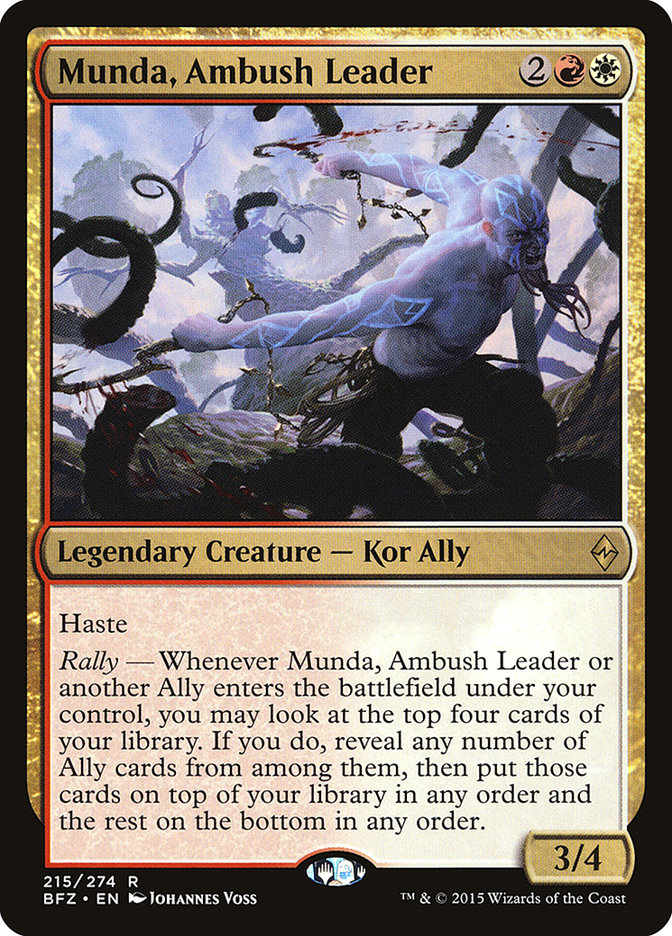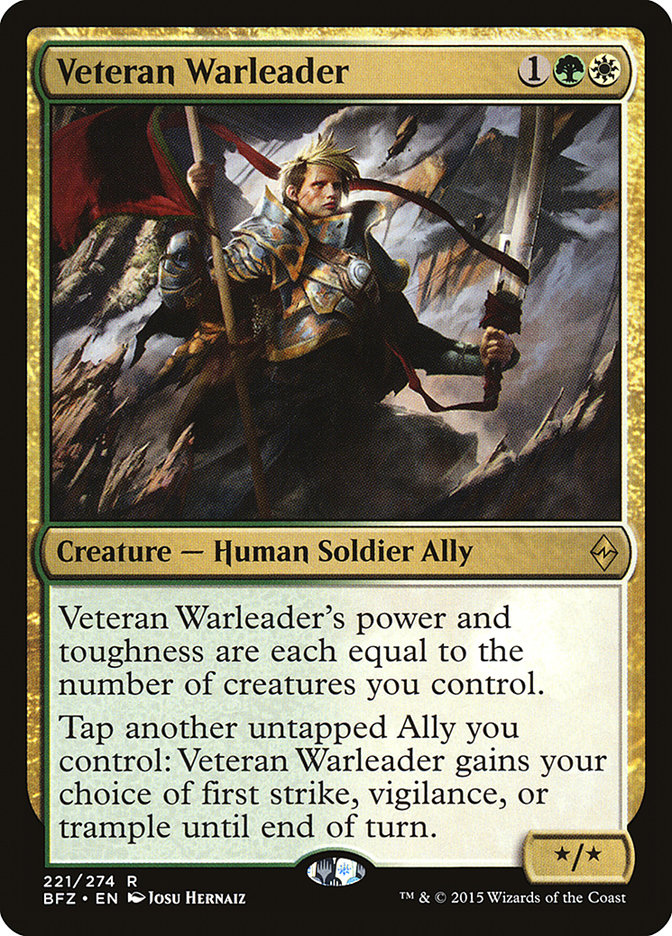One of the hardest tasks to manage in Magic is the understanding of rotation. Rotating is going to be different going forward than it has been, but for one
last time, we’re having a major upheaval, with all three sets of Theros block moving out of Standard along with Magic 2015. To replace
it, Battle for Zendikar is soon to arrive, and with all of this change comes a new world for Standard.
One of the best things to use to understand what is going on with a world is to determine what the influence of the new keywords is going to be. As of
today, the spoiled keywords (and quasi-keywords) are:
Awaken
Converge (and ‘lands’)
Devoid
Eldrazi
Ingest
Landfall
Let’s get to it!
Awaken
On first glance, the entire idea of Awaken actually feels like it might be more than a bit… clunky.
Check out this card, for example:
Eight mana is a hell of a lot of mana. If we think about other cards that were awesome and yet saw little play, it is, in part, because eight mana
is a simply so overwhelming an amount to go to.
At only seven mana, this card barely saw any play at all. The difference, of course, between Fated Retribution and the Awaken cards like Planar Outburst,
is that the Awaken mechanic means you don’t have to stick around for the more expensive version of the card. Instead, it is actually better to think of
these cards as cards with the kicker mechanic, or perhaps better yet, the evoke mechanic.
Kicker came to my mind first, because, well, I am old. However, the reason that evoke actually makes more sense is that the big payoff at a higher price
comes in the form of a creature, but you can sneak in just the effect if you care to.
Especially when you think of one of the new cards, it is hard not to think about an older version of the card:
When I first saw Coastal Discovery, I know that my initial thought was that the card was simply not good. However, after thinking about it in terms of
Mulldrifter, my opinion on the card changed a little bit. That body can make a huge difference.
It is important to note, however, that at six mana, Coastal Discovery is not actually Mulldrifter in its level of power, it is just similar. In
many blue decks, having a land taken up, even in exchange for a 4/4 body, is just not worth it. In addition, a Mulldrifter is actually worth three cards
(itself on the battlefield, +two cards) when you cast it at five mana: the two you draw, and the Mulldrifter on the battlefield. Coastal Discovery might be
worth a virtual almost three cards, but that is only the case if you use some card economy math: draw two (+2), and changing a land into a 4/4
(“plus” some number less than one since we’re not actually gaining a card, but we’re essentially just increasing the value of a land–let’s pretend “.75”).
With Mulldrifter, you end up up two cards; with Coastal Discovery, you end up one card and up a 4/4 upgrade on your land. In many ways it’s not as good,
but it can be better sometimes.
Of course, the part of the cost we started to mention above, is that sometimes (oftentimes for the decks who can get to the mana levels where Awaken makes
sense) we don’t want to have our lands become vulnerable to destruction. These same decks, many, many turns into a game might not care about losing a land,
but at many points in the game, even having the mana to cast an Awaken portion of a spell might be too precarious a choice. If you’re banking on having,
say, a ninth or a tenth mana, putting one at risk, especially if your deck is already low in a creature count, can be a sure way to never reach that nine
or ten mana you’re hoping for.
With the way this set is looking, I have a feeling we’re going to be seeing a ton of cards that interact favorably with this lil guy:
Awaken is interesting because Ugin loves to play with Awaken on his own side, but it is fairly hurt by an opponent who is using Awaken themselves. One of
the biggest reasons that Nissa, Worldwaker was so scary for a U/B Control player is that they couldn’t just bail themselves out of the problem with an
Ugin, the Spirit Dragon. Awaken holds a similar problem for Ugin-lovers.
‘Lands’ and Convergence
‘Lands’ isn’t a mechanic, but it does seem to be worth noting that, unsurprisingly for a set focusing on Zendikar, lands themselves are a huge part of what
we’re going to be focusing on for the entirety of the time the set is in the mix. If, because of Awaken, some decks are going to be using more mana than
they may have in the past, the issue of mana-flood becomes much more interesting, since these decks are going to need to make sure that they don’t end up
overwhelming themselves with too much mana and too little to do with it.
The first obvious bit of flood protection comes from the classic source: creature-lands. As of this writing, we only have a few spoiled:
With the loss of Temples to smooth things out, we’re probably going to see some reworking of a lot of manabases, especially for those decks that were
leaning quite heavily on Temples. Expect to see these lands as a part of the solution, supplying mana stability and something to do to mitigate too many
lands.
Importantly, though, they also supply more colors. This is going to be a big deal because of Converge.
A 2/2 flier for two is fine but unexciting, but a definitive X/X flier for X starts becoming intriguing. Of course, the only way to make that a reality is
getting all the colors. Skyrider Elf isn’t even a particularly great card. With cards that are truly good, it becomes even more important.
Finding WUBRG (or even a part of WUBRG) is all the more important because of Converge. Even without Battle for Zendikar, though, just Khans of Tarkir and Dragons of Tarkir have a ton of land to help make this happen.
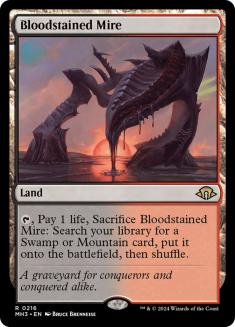
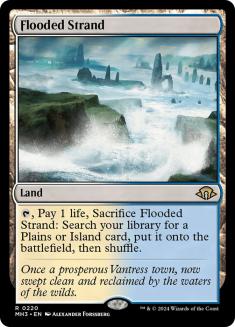
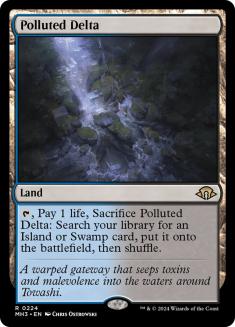
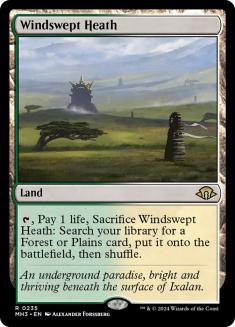
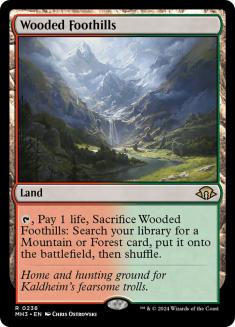
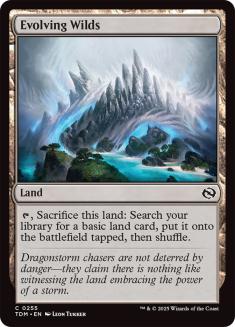

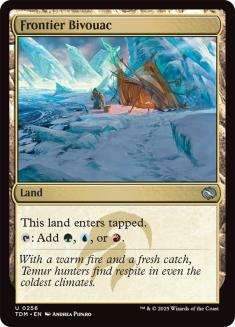
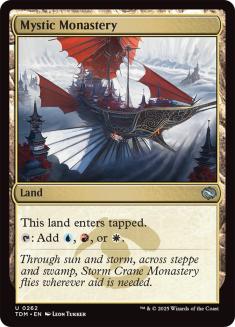
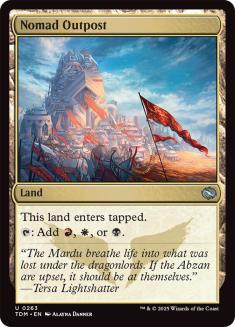
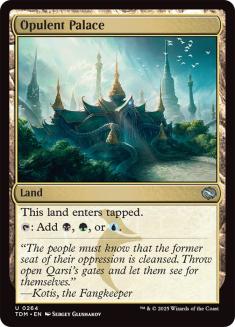
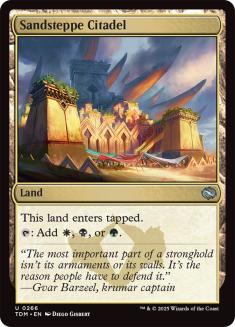

This, all without including cards like Dismal Backwater!
Then, in addition to the creature-lands, we have the Battle lands:
These, of course, have the added bonus of being fetchable. Tri-color decks should actually be more than able to do everything they need to max out their
mana consistency, should they want to. The payoff, in Converge, will depend on how many cards we get that are more like Radiant Flames than Skyrider
Elf–that is to say, “great” to “fine.”
Devoid and Ingest
In addition to their big brothers and sisters (if Eldrazi can even be said to have a gender), there are a large number of smaller-cost cards that
technically cost colored mana to cast but are considered colorless. A few of them also seem to have a new ability, Ingest.
Ultimately, it isn’t Devoid that seems to be the bigger part of these cards in terms of how they affect play. These days, Wizards of the Coast doesn’t
really make many color-hating cards that are potent enough to do a handstand over (polite applause is the top end for these cards–compare Surge of
Righteousness to Choke to get my meaning).
Ingest, for its part, appears to be fuel to numerous other cards that have been spoiled. Take Ulamog’s Nullifier, for example:
It is enough of an enabler for cards in the set that the ability is probably going to be reasonably present in the set. For now, though, the payoff of most
of these cards seems predicated on some circumstantial successes having already happened. I expect that unless there are some very good cards that
make use of both Ingest and interacting with your opponent’s exiled zone (we miss you, Ashiok!), this will be too cumbersome to be relied upon.
For now, Devoid and Ingest largely appear to be setting up some flavor interactions, but the real thing to tackle about the Eldrazi is…
The Eldrazi
… they cost a lot.
Not the little ones. But once you start talking about cards that are costing seven-plus mana, you have to figure out how to handle them. You have to figure
out whether it is even worth it.
Getting to this level of mana requires some serious dedication. There are ways to go about this, of course. The fact remains that historically, absurdly
expensive cards don’t get played unless there is sufficient help to make it happen. I have to assume that there are going to be yet more cards spoiled
where this is the case. Just to start, though, there are a fair amount that help already, either from before, or that we’ve already seen spoiled:
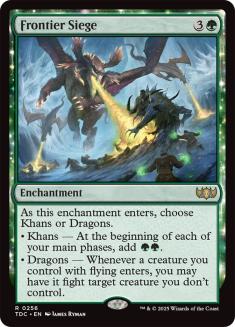
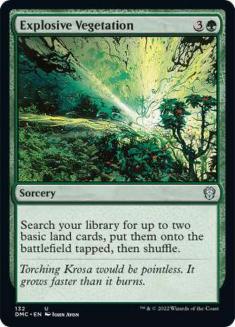
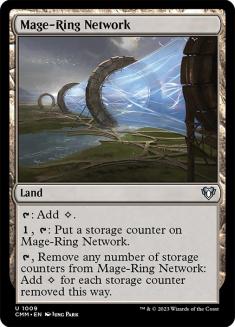
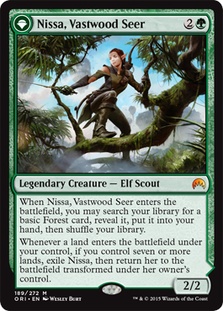
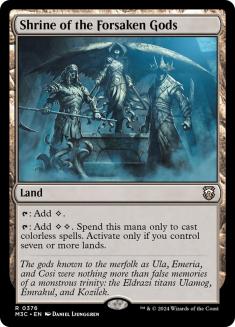

Aside from the more traditional ramp, and perhaps less likely cards like Banners and Monuments, Spawning Bed serves as a reminder that many of the Eldrazi
come with little Eldrazi Scion tokens which can move us up the mana ladder. Perhaps one of the most likely Eldrazi Scion-related cards to make the cut
would be this one:
Serviceable as a finisher in its own right, it can also remove the potential problem of Eldrazi-flood/screw where you have all the means to make an Eldrazi
in a deck, but in order to make it worthwhile have to run a number of Eldrazi as payoffs that you sometimes get caught with them in your hand with nowhere
to go from there.
Managing this balance is going to be tricky, but you can bet that Wizards of the Coast has given us enough tools to do it.
Landfall
Back when landfall was first printed, it quickly proved itself as a tournament-worthy ability.
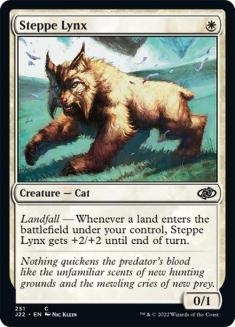
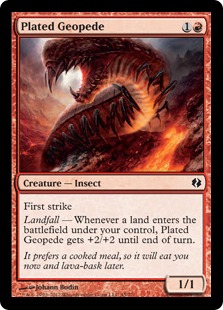
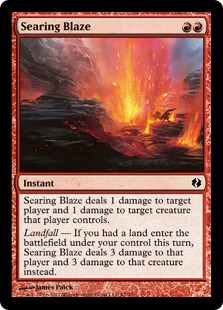
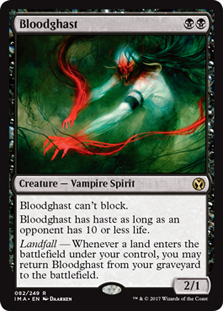

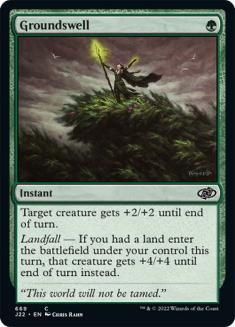
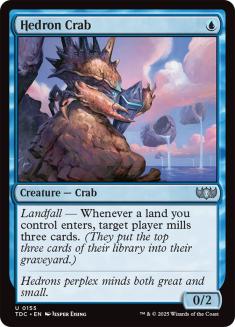
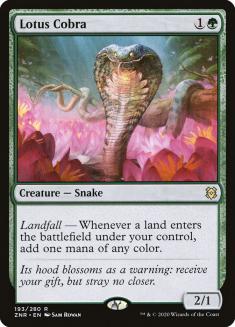
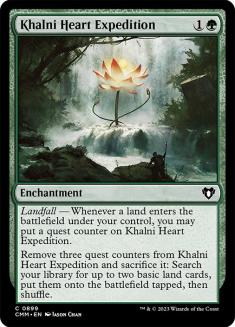

I, for one, have gotten a lot of mileage out of decks running Plated Geopede, not to mention Lotus Cobra. You can bet that Wizards of the Coast
will be interested in recreating the success of that old mechanic. Undergrowth Champion is a great example of this, with the real possibility of becoming
Huge/Huge very quickly, but importantly, much like Phantom Centaur, difficult to handle in conventional ways.
As more cards get spoiled, expect to see more powerful cards of this type. This will make the fetchlands and even Evolving Wilds all the more important,
allowing for double-triggers galore. Almost certainly, some yet-to-be-spoiled cards will be published that make our eyes pop out. Who knows? Maybe they’ll
reprint Lotus Cobra soon!
Rally
Rally the Allies!
Creature type matters! In addition to caring about whether something is an Eldrazi, we also are told we need to care if it is an Ally. Some Allies are
strong of their own accord.
The Rally keyword is a lot like Landfall (I’ve been thinking of Rally as “Ally-fall”), and while Allies from the past never really made a huge splash,
existing largely in the fringes of Constructed, it is still something that appeared from time-to-time.
I don’t expect that Allies will make a huge splash as the solid theme to a deck, but if the newest Gideon is any indication, it is possible that they will
attempt to push the mechanic.
Conclusion
Initially, I’m curious to see just how much the new mechanics are going to affect things. My best preliminary guess is that big mana decks will be fairly
fringe, and instead, we’ll be seeing a lot more traditional multi-color midrange decks, albeit with more mana.
At this point, I’m only slightly into my preparation for Wisconsin’s first Pro Tour, Pro Tour Battle for Zendikar, to be held in Milwaukee. I’ve been
aggressively consuming every spoiler I can find, using those thoughts to imagine where things will be by the time the Pro Tour arrives.
The future for Standard is going to be what it always is: different than it was. It’s only a week until I’ll be hitting the Prerelease at my local shop
(Misty Mountain Games in Madison), and I am excited to start actually playing with the new cards.
If you’re in Madison, I’ll see you there!

